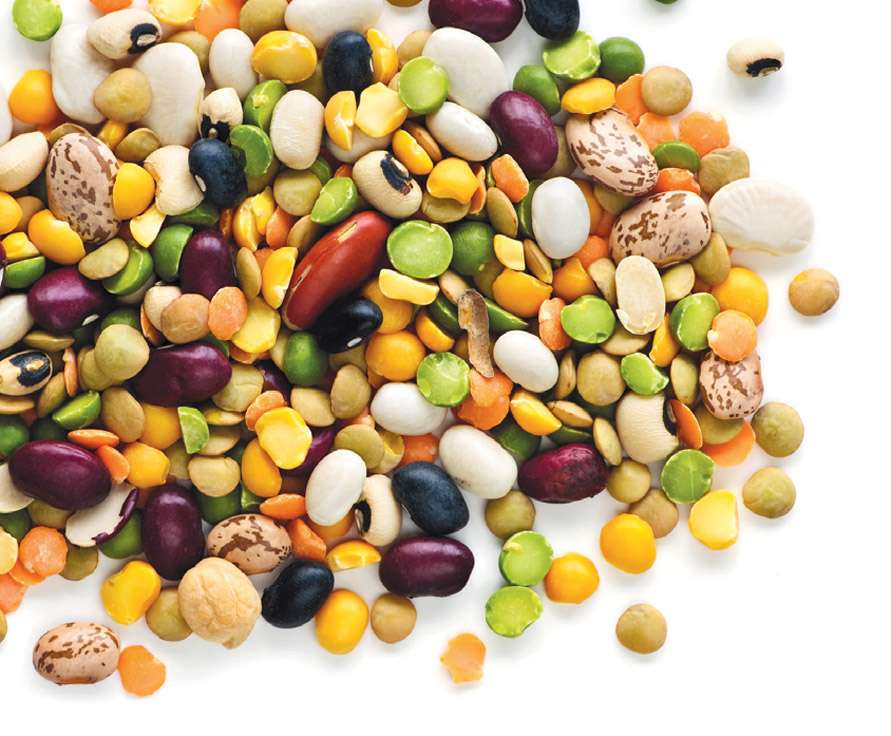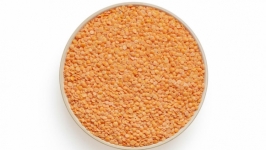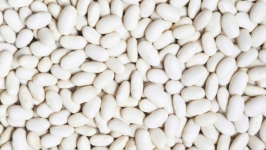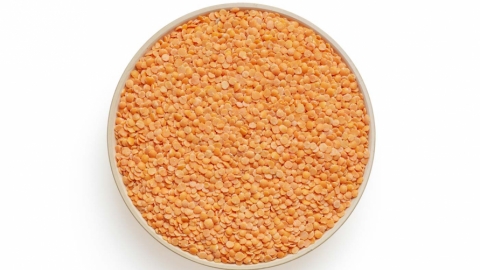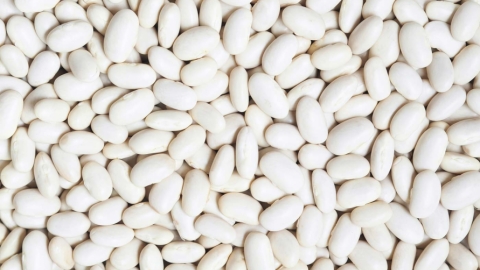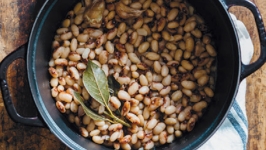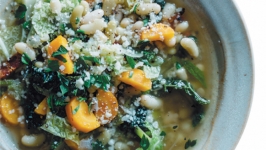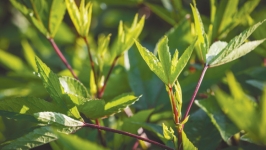Beans Mean Business When It Comes to Health and Nutrition
From soup to salad to hummus to chili, beans are a staple of a hearty meal. Readily available and simple to prepare, they make an easy and nutritious addition to any dish no matter what season.
Botanically speaking, legumes fall under the Fabaceae family, which includes foods including beans, peas, and lentils. More specifically, the dried seeds from legumes that grow in a pod are referred to as “pulses” (derived from puls in Latin, which means soup or broth). Some familiar examples include kidney, lima, mung, cannellini, peas, and black beans.
While beans (dried or canned) are easy to spot in grocery store aisles, they’re not so easy to find at local farms. The majority of legumes grown in the Garden State are consumed fresh, like green beans, string beans, and snap peas.
“In New Jersey, growing beans to be dried is often a small-scale operation because it takes expensive, specialized equipment and lots of bed space to be able to do it on a larger scale,” says Craig Steely, production manager of Alstede Farms in Chester. “Because of that, the beans we grow and process are done entirely by hand.”
Steely grows French Horticultural Beans (also called Cranberry Beans), which taste similar to a kidney bean, and are soft white with swirls of pink marbling throughout.
The beans are planted in May and harvested in September.
“When harvested, they’re not fully dried because if they’re too dry the beans can split and this prevents them from cooking evenly,” he says. “The plants are pulled and left to dry in the sun for a few days,” Steely explains. “Next, they get covered by a big tarp and hit with sticks to separate the bean from the chaff, which is blown off with a leaf blower leaving the beans behind. From there, they get sorted and any that are brown or wrinkled get removed.”
“THEY’RE AN EXCELLENT STAPLE FOOD TO HAVE IN YOUR PANTRY BECAUSE THEY’RE HIGH IN FIBER AND PROTEIN AND LOW IN FAT.”
Steely explains one of the perks of growing the beans is that they’re easy to store for later use.
“Once dried, beans can store for a long time,” he says. “They’re a great late-season crop because they attract very few pests and disease, and store better over the cold months than other hardy late-season vegetables like garlic, onions, potatoes, squash, or carrots.”
Beans are also long-lasting when it comes to sustenance.
“They’re an excellent staple food to have in your pantry because they’re high in fiber and protein and low in fat,” says Caryn Alter, registered dietitian at Star and Barry Tobias Health Awareness Center at CentraState Medical Center in Freehold. Beans can have a positive impact on managing blood sugar levels and diabetes while also contributing to heart health and weight management.
“When you eat foods higher in fiber, it gives you a fuller feeling, and since beans are low in fat, they keep you more satisfied thus preventing you from over-indulging,” she says, explaining that not all fiber is created equal.
“There are two types of fiber: soluble and insoluble fiber. Soluble fiber helps lower unhealthy (LDL) cholesterol and may help control blood glucose after eating. Insoluble fiber can help with constipation and regularity,” she says. “Beans contain both types, but often in different amounts. For example, black beans are higher in soluble fiber (2.4 grams per ½ cup) and kidney beans are higher in insoluble fiber (5.9 grams per ½ cup).”
While fiber is great for digestion, some folks can experience discomfort after eating beans. Alter explains that this can be caused when undigested carbohydrates from beans get fermented in the colon by intestinal bacteria. Another reason can be that the body needs to adjust to digesting the extra fiber and carbohydrates if not used to them. Soaking and rinsing beans before consuming can help, as can chewing well, or taking small helpings.
One ingredient in canned beans that can negate the healthy heart benefits is the extra sodium often added as a preservative. Alter recommends rinsing canned beans (which can reduce their sodium content by nearly 40%), or buying beans that have no additional sodium added.
Beans are also an excellent source of protein, making them a staple for vegetarians.
“Lima, kidney, peas, and garbanzo beans have 6—7 grams of protein; white, Great Northern beans, and lentils have 9 grams; and soybeans have 14 grams, all in just ½ cup,” says Alter, “which is about the same amount of protein in 1 ounce of meat.”
So the next time you’re looking to prepare a healthy and hearty meal, remember the bean—a nutritious staple that’s more than simply satisfying.



